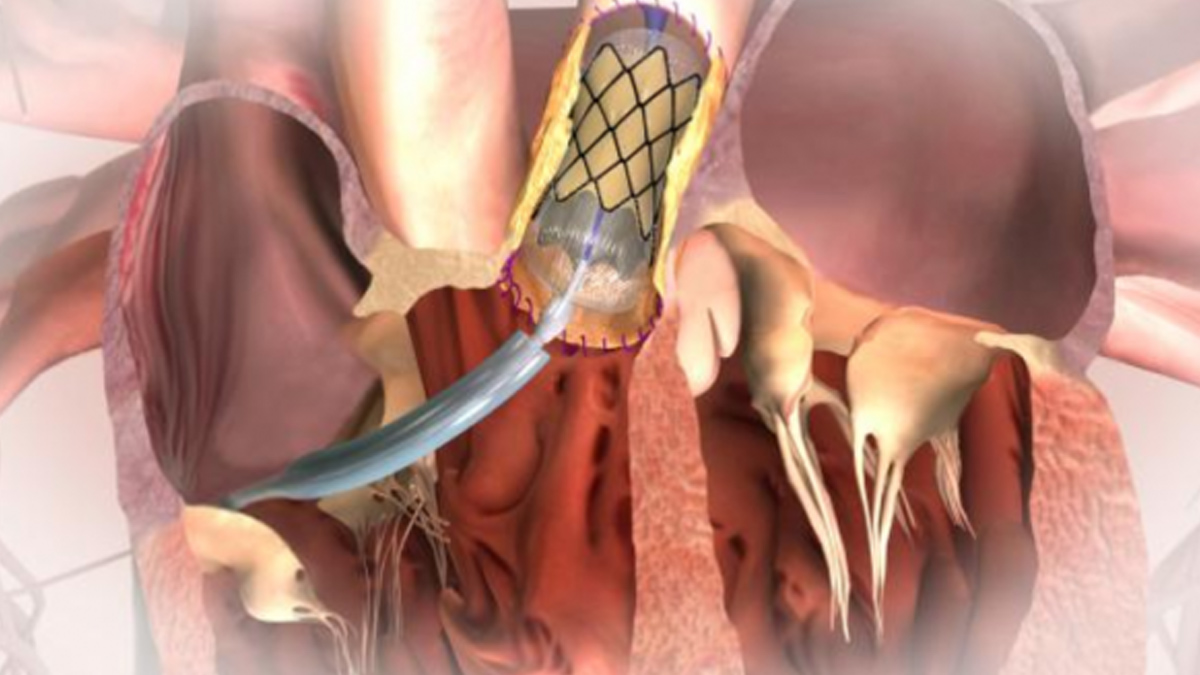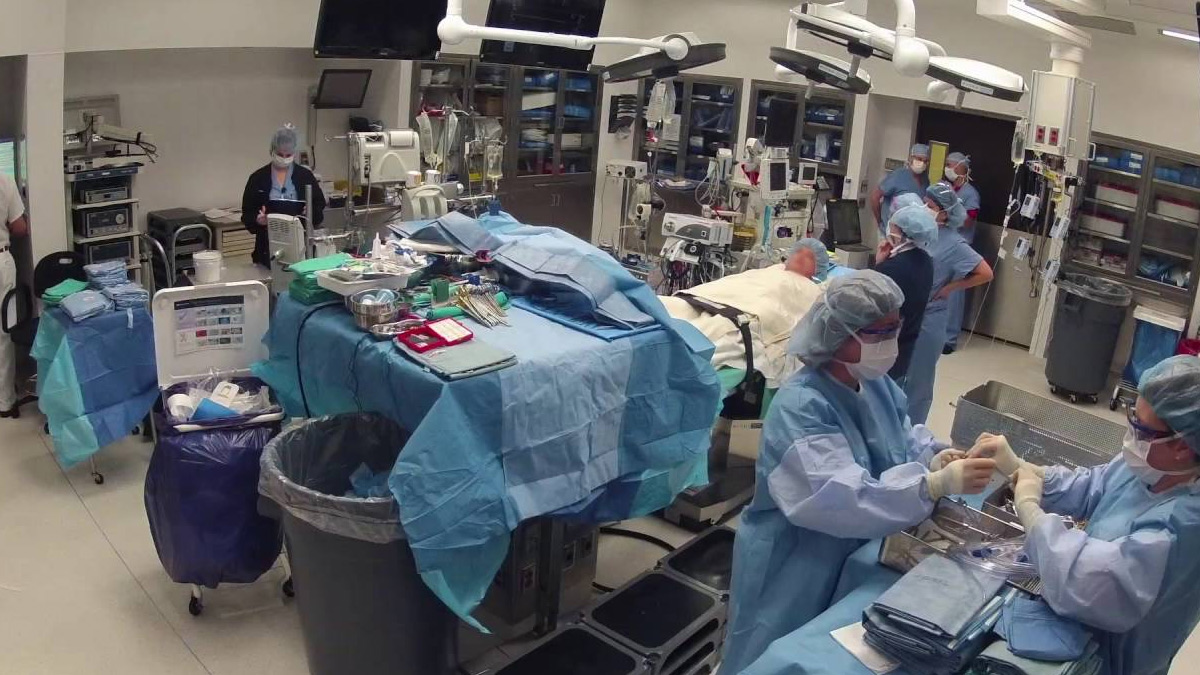
The mere idea of heart surgery is enough to give anyone the shakes. Open-heart surgery used to be hard years ago. It had a long incision down the chest, weeks in the hospital, and a difficult recovery. But with the new technology, that's no longer the only choice. Now, some heart surgeries can be completed without so much as one incision on the chest. One of these revolutions is the Transcatheter Pulmonary Valve Replacement (TPVR) procedure. It is a minimally invasive method of treating heart valve issues that's revolutionising lives and redefining what is achievable in cardiac treatment.
Table of Content:-
What Is a TPVR Procedure?![Heart Operations With Single Chest Cut 1 - 2025-07-11T134848.348]()
TPVR is Transcatheter Pulmonary Valve Replacement. Rather than cracking open the chest, physicians insert a catheter through a vein, most often in the leg, and push it into the heart. A newly manufactured biological valve on a metal stent is then inserted within the leaky valve. The procedure is particularly useful for patients who have already undergone several heart operations or are at extreme surgical risk.
Dr Sushil Azad, Deputy Head and Principal Consultant, Paediatric Cardiology, Amrita Hospital, Faridabad, shared, "The TPVR procedure has special value for patients with a history of multiple previous open-heart surgeries or otherwise high surgical risk. In a nation like India, where it has been estimated that 200,000 children annually are born with congenital heart disease and the ability to gain access to timely surgical intervention is still limited, wider utilisation of TPVR could be revolutionary."
A study released in the Journal of the American College of Cardiology recently discovered that TPVR is not only safe but also results in shorter recovery and lower complications than conventional surgery. Patients usually stay less time in the hospital and return to regular activities faster.
ALSO READ: What Is the Main Cause of Myocardial Infarction? Doctor Explains
Complicated Heart Operations With Single Chest Cut![tvpr heart procedure 3 - 2025-07-11T134849.650]()
In India, the vast majority of such reinterventions continue to be treated with traditional surgery. TPVR is a less invasive, quicker option with an over 95% global success rate. These patients, instead, were treated with the Harmony Valve, a new-generation biological valve implanted via a thin, flexible tube (catheter) into a blood vessel. There was no requirement to open the chest. Dr S Radhakrishnan, Head and Professor of Paediatric Cardiology and Adult Congenital Heart Disease, Amrita Hospital, Faridabad, said, "Globally, almost 40% of children who receive childhood repair for Tetralogy of Fallot will need a pulmonary valve replacement within a period of three decades."
The doctor shared that his cardiology team carried out four intricate heart procedures with TPVR, all without open-heart surgery. The patients, all of whom had undergone surgery as children for Tetralogy of Fallot (TOF), developed complications years later because of a leaking pulmonary valve. It is a typical long-term complication after repair of TOF, and so far, the only remedy has been another bout of open-heart surgery.
How TPVR Is Changing Heart Care![heart surgery without cut 2 - 2025-07-11T134846.816]()
TPVR is a game-changer for many heart patients, especially those who have already endured open-heart surgery in childhood. The procedure is less invasive, which means less pain, fewer complications, and a much faster recovery. Most patients can go home within a couple of days, compared to the week or more often needed after traditional heart surgery.
Because the valve is delivered through a catheter, there’s no need for large incisions or stopping the heart. This approach is not only safer for people at higher risk but also helps preserve the chest and heart for any future treatments that might be needed.
ALSO READ: Atherosclerosis vs Arteriosclerosis: Which One Should You Worry About?
Takeaway
Heart surgery doesn't necessarily have to equate to a large scar and a lengthy hospital stay. TPVR procedures are opening doors for patients, providing safer, quicker, and less painful treatment, particularly for those who've already endured so much. As more hospitals make this technology available, more individuals will have an opportunity at a healthier, simpler recovery.
Also watch this video
How we keep this article up to date:
We work with experts and keep a close eye on the latest in health and wellness. Whenever there is a new research or helpful information, we update our articles with accurate and useful advice.
Current Version


